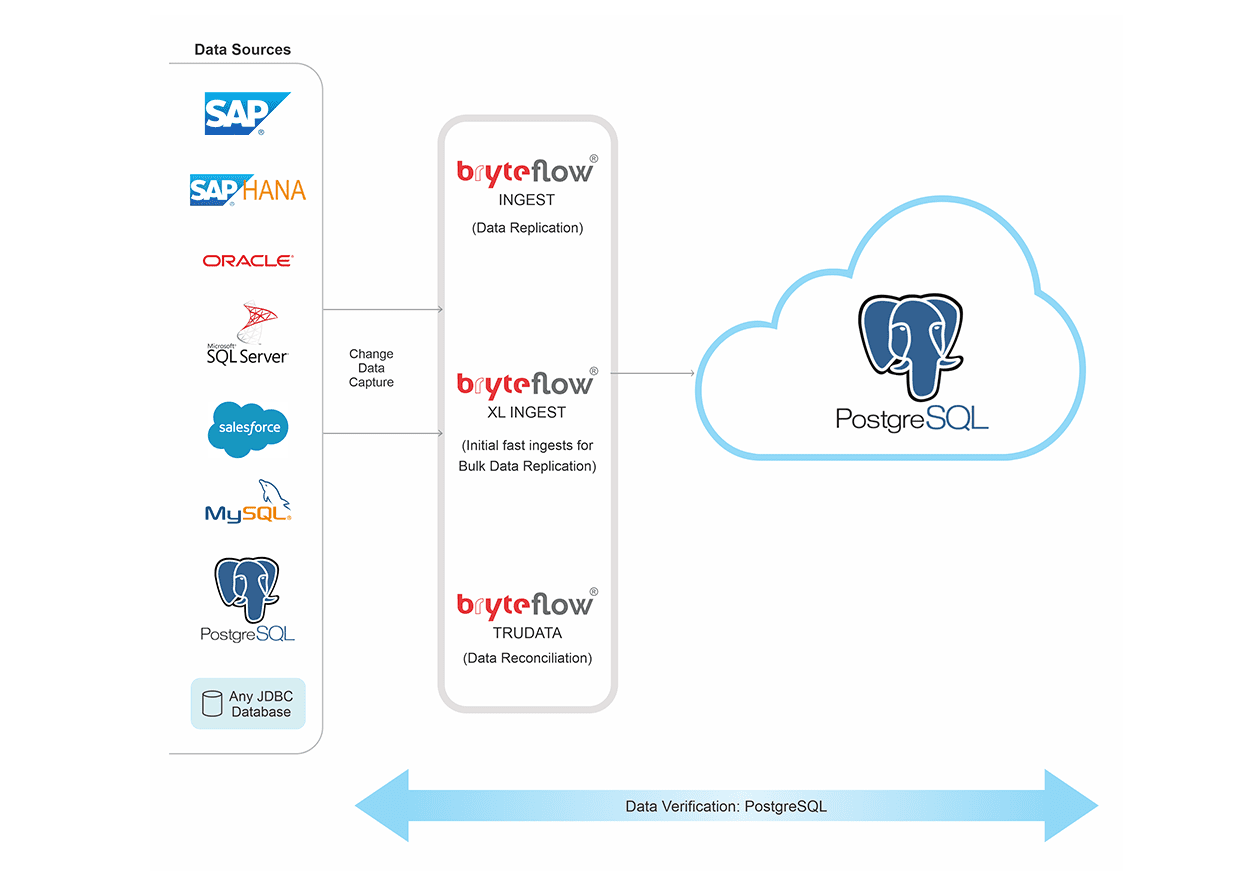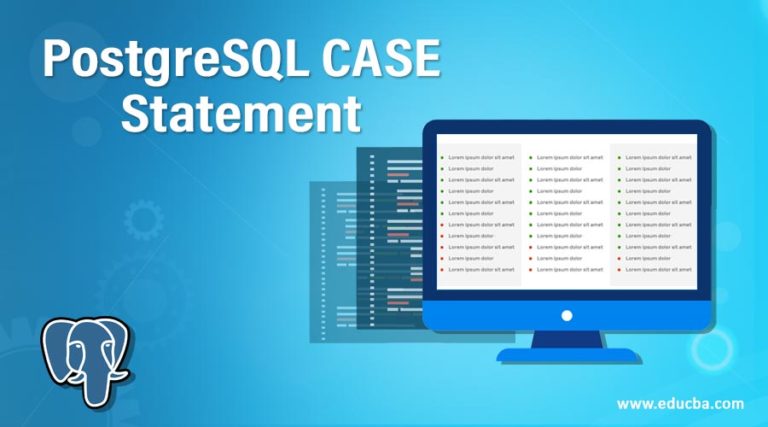

The case statement was significant in PostgreSQL to formulate the conditional expression we formulate the condition by using when and then keyword.PostgreSQL case statement is the same as the if-else statement defined in another language like C and C++.The body of the case statement will start with the case and end with the END keyword. We can start the case statement in PostgreSQL by using a case keyword and end with the end keyword.If the case statement condition is false, then else part will execute otherwise, it is not executing in the PostgreSQL case statement. Else keyword is used to define the true or false condition in the case statement.The conditional expression is most important in the case statement to display the result. If one condition fails, the trigger goes to second if it is true, it will display the result of the first condition. We can use a condition statement to retrieve the result of the data.When and then, the keyword is used to formulate the condition of the case statement.How does the CASE statement work in PostgreSQL? The flowchart is most important and useful while creating a case statement in PostgreSQL.The flowchart is nothing but the pictorial representation of a case statement that we have used in our query.Before executing any case statement, we need to define the flowchart of the case statement.If the condition is false, then the cursor directly goes to the end statement.If the given condition is true, then it will execute a statement that we have written in the case statement. After that cursor goes to a condition that we have used in the statement.Normally we have used a case keyword to start the case statement. The above flowchart states that the case statement starts with the case or start a keyword.The below diagram shows the flowchart of the case statement. Value 1 and value 2: Value is nothing but a condition in the case statement.End: We can end the case statement in PostgreSQL by using the end keyword.If the case statement condition is false, then else part will execute otherwise, it is not executing.


Else: Else keyword is used to define the true or false condition in the case statement.Result 1 to Result N: This is the actual result of the case statement in PostgreSQL.If one condition fails, the trigger goes to second if it is true, it will display the result of all conditions. Condition 1 and condition 2: We can use a condition statement to retrieve the data’s result.Then: Then, a keyword is used to formulate the condition of the case statement in PostgreSQL.When: When the keyword is used to formulate the condition of the case statement in PostgreSQL.Case: We can start the case statement in PostgreSQL by using a case keyword.(We can use multiple conditions in one case statement)īelow is the parameter description of the above syntax.result_2 (Result of second case statement).WHEN(When keyword used to formulate the condition) value_2 THEN(Then keyword used to formulate the condition).result_1(Result of first case statement).WHEN (When keyword used to formulate the condition)value_1 THEN(Then keyword used to formulate the condition).The below syntax shows simple case expression. (If the case statement result fails, then execute this statement).(We can use multiple conditions in one case statement).WHEN (When keyword used to formulate the condition)condition_2 THEN(Then keyword used to formulate the condition)result_2 (Result of second case statement).WHEN (When keyword used to formulate the condition) condition_1 THEN(Then keyword used to formulate the condition)result_1 (Result of first case statement).General Case Expressionīelow syntax shows a general case expression. Hadoop, Data Science, Statistics & others 1.


 0 kommentar(er)
0 kommentar(er)
